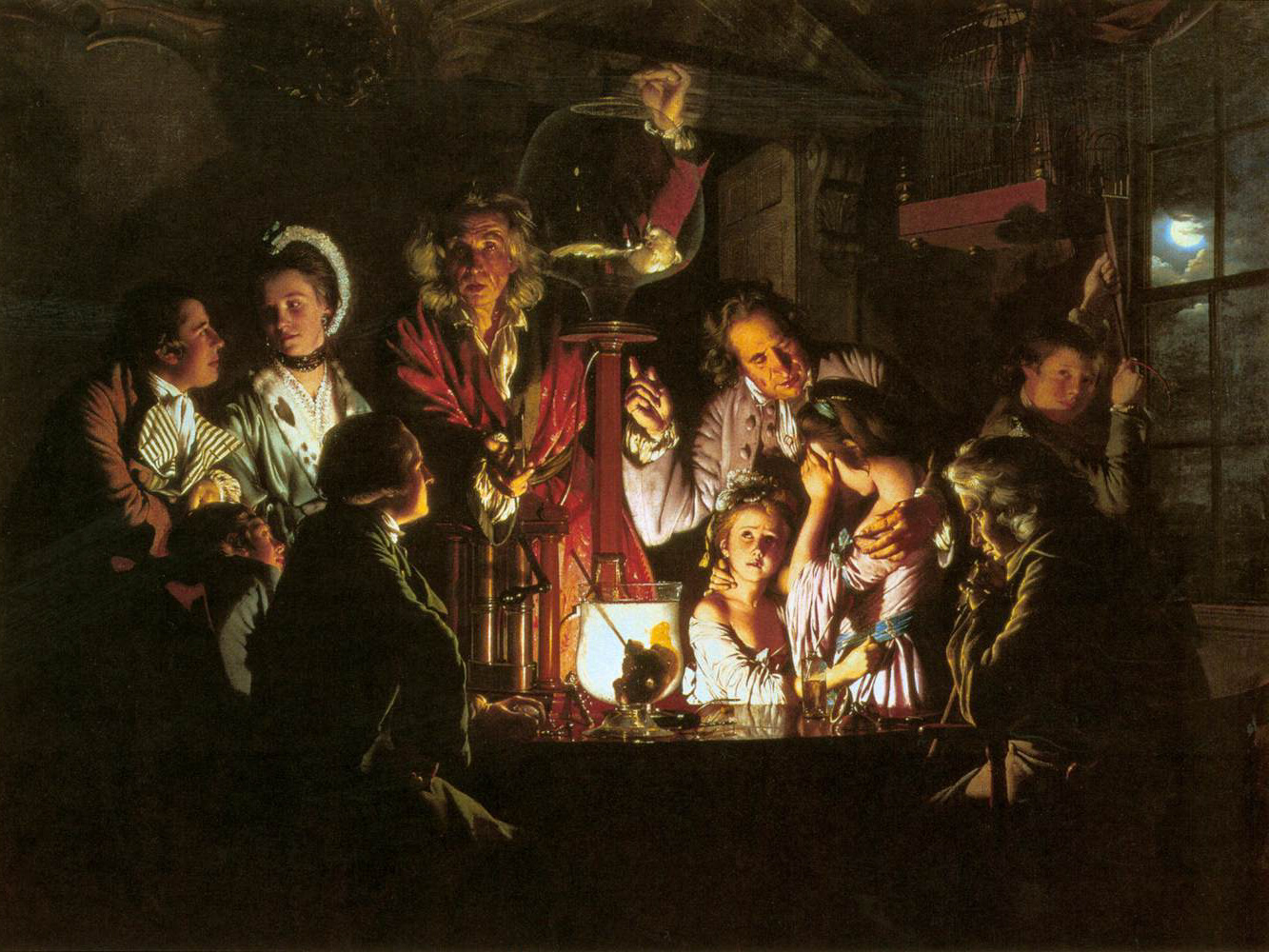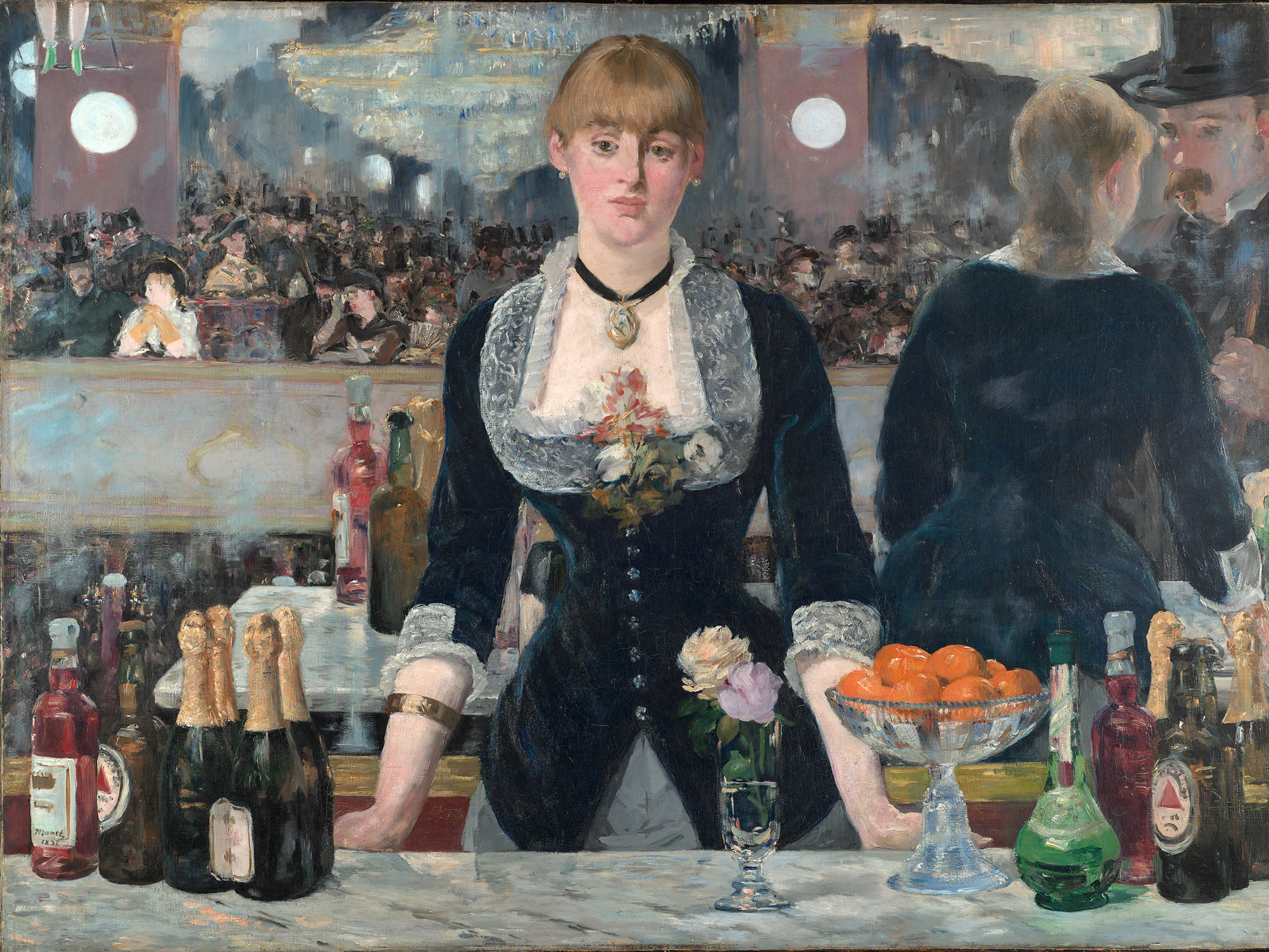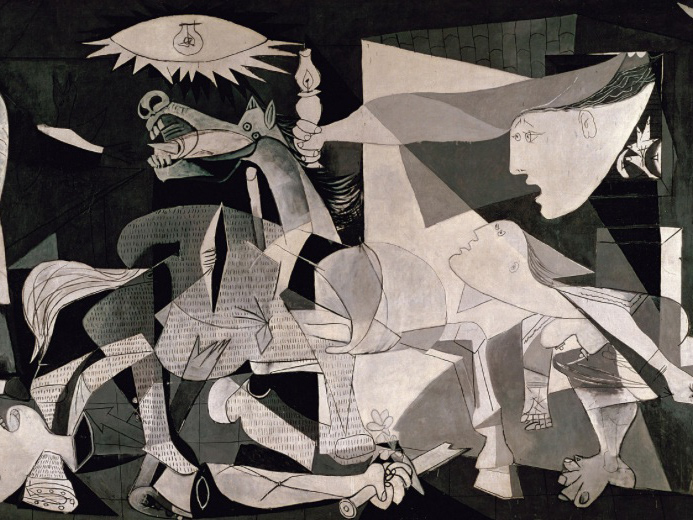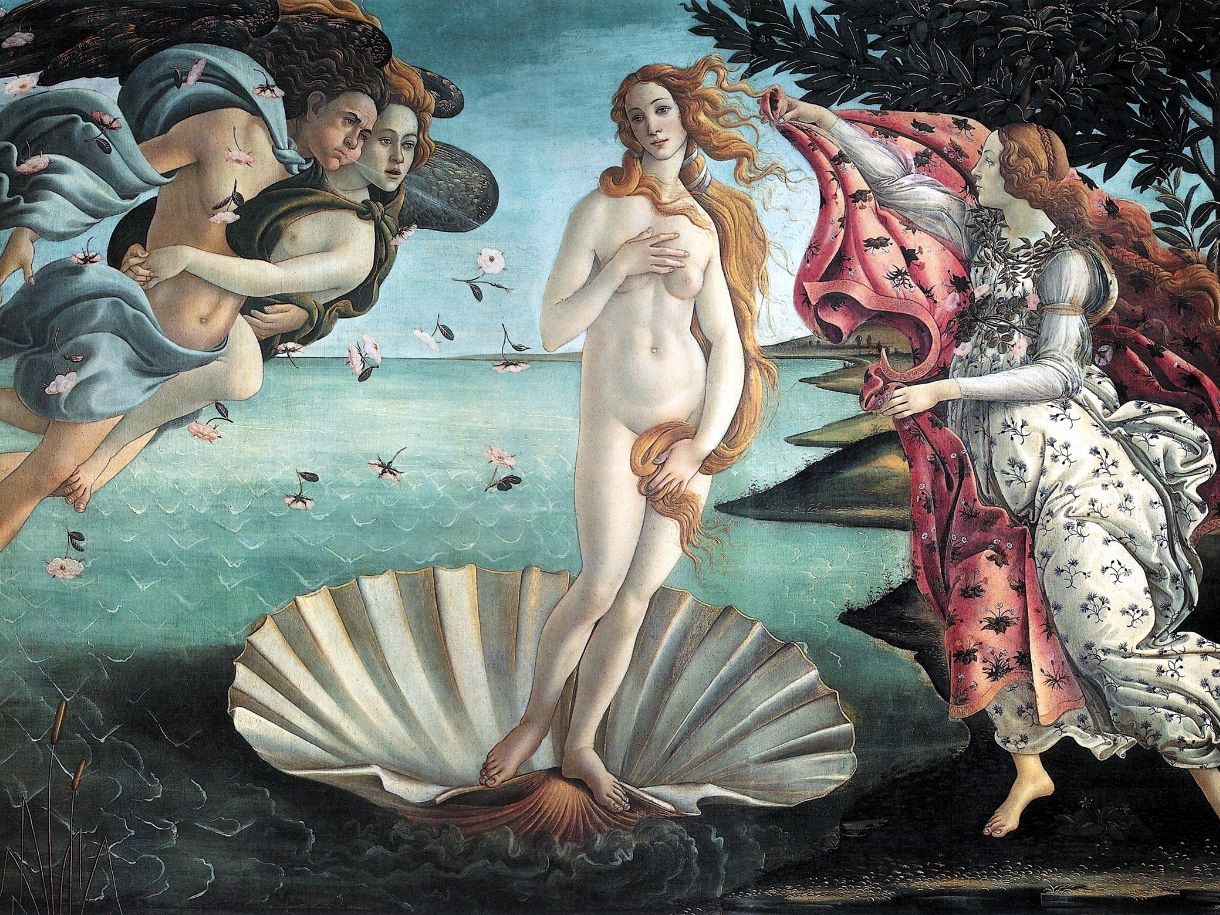Works Cited
Footnotes
[1] “Five Senses Pendants | Brueghel Family: Jan Brueghel the Elder.”
[2] Tate, “Allegory – Art Term.”
[3] “Sight and Smell - The Collection.”
[4] “Peter Paul Rubens | Minerva Protects Pax from Mars ('Peace and War’) | NG46 | National Gallery, London.”
[5] “Peter Paul Rubens | Minerva Protects Pax from Mars ('Peace and War’) | NG46 | National Gallery, London.”
[6] “Peter Paul Rubens | Minerva Protects Pax from Mars ('Peace and War’) | NG46 | National Gallery, London.”
[7] “Nicolas Poussin | French Painter.”
[8] “The Death of Germanicus, Nicolas Poussin | Mia.”
[9]“The Death of Germanicus, Nicolas Poussin | Mia.”
[10] “Brooklyn Museum: Artemisia Gentileschi.”
[11]“Violence and Virtue.”
[12] “Velazquez - The Complete Works - Diegovelazquez.Org.”
[13] “Diego Velazquez Paintings, Bio, Ideas.”
[14]Velázquez, Las Meninas.
[15] “Rembrandt van Rijn | Biography, Paintings, & Facts.”
[16] “Rembrandt, The Night Watch.”
[17] Yale University Art Gallery, Lecture 4.
[18] “Gerard Ter Borch the Younger.”
[19] “Gallant Conversation, Known as ‘The Paternal Admonition’, Gerard Ter Borch (II), c. 1654.”
[20] “(Giovanni Antonio Canal) Canaletto - The Complete Works - Canalettogallery.Org.”
[21] “Art Works.”
[22] “William Hogarth (1697 - 1764) | National Gallery, London.”
[23] “William Hogarth’s Election Series - BKM TECH.”
[24] “Joshua Reynolds (1723–1792) | Art UK.”
[25] “INTRODUCTION TO ENGLISH PAINTING.”
[26] “(7) The Power of Art: David 藝術的力量: 大衛 - YouTube.”
[27] “(7) Fragonard, The Swing - YouTube.”
[28] “(7) Fragonard, The Swing - YouTube.”
[29] Liedtke, “Johannes Vermeer (1632–1675) | Essay | Heilbrunn Timeline of Art History | The Metropolitan Museum of Art.”
[30] “(7) Why Is Vermeer’s ‘Girl with the Pearl Earring’ Considered a Masterpiece? - James Earle - YouTube.”
Citations
“(7) Fragonard, The Swing - YouTube.” Accessed May 17, 2018. https://www.youtube.com/watch?v=rVI5Sjm0xKI.
“(7) The Power of Art: David 藝術的力量: 大衛 - YouTube.” Accessed May 17, 2018. https://www.youtube.com/watch?v=1QwQ2kUQDnY&index=4&list=PLhVnATSukg2H47jGXi0FjsrBRY_Z13TyP.
“(7) Why Is Vermeer’s ‘Girl with the Pearl Earring’ Considered a Masterpiece? - James Earle - YouTube.” Accessed May 17, 2018. https://www.youtube.com/watch?v=pM_IzEAv5d4.
“Art Works.” WEB. Accessed May 17, 2018. https://www.hermitagemuseum.org/wps/portal/hermitage/digital-collection/01.+Paintings/32231/?lng=.
“Brooklyn Museum: Artemisia Gentileschi.” Accessed May 17, 2018. https://www.brooklynmuseum.org/eascfa/dinner_party/place_settings/artemisia_gentileschi.
The Art Story. “Diego Velazquez Paintings, Bio, Ideas.” Accessed June 18, 2020. https://www.theartstory.org/artist/velazquez-diego/.
“Five Senses Pendants | Brueghel Family: Jan Brueghel the Elder.” Accessed May 17, 2018. http://www.janbrueghel.net/series/five-senses-pendants.
Rijksmuseum. “Gallant Conversation, Known as ‘The Paternal Admonition’, Gerard Ter Borch (II), c. 1654.” Accessed May 17, 2018. https://www.rijksmuseum.nl/en/collection/SK-A-404.
“Gerard Ter Borch the Younger.” Accessed May 17, 2018. https://www.nga.gov/collection/artist-info.983.html.
“(Giovanni Antonio Canal) Canaletto - The Complete Works - Canalettogallery.Org.” Accessed May 17, 2018. https://www.canalettogallery.org/.
“INTRODUCTION TO ENGLISH PAINTING.” Accessed May 17, 2018. http://www.uni-bielefeld.de/lili/personen/fleischmann/401_ept_preparations.htm.
“Joshua Reynolds (1723–1792) | Art UK.” Accessed May 17, 2018. https://artuk.org/discover/artists/reynolds-joshua-17231792.
Liedtke, Author: Walter. “Johannes Vermeer (1632–1675) | Essay | Heilbrunn Timeline of Art History | The Metropolitan Museum of Art.” The Met’s Heilbrunn Timeline of Art History. Accessed May 17, 2018. https://www.metmuseum.org/toah/hd/verm/hd_verm.htm.
Encyclopedia Britannica. “Nicolas Poussin | French Painter.” Accessed May 17, 2018. https://www.britannica.com/biography/Nicolas-Poussin.
“Peter Paul Rubens | Minerva Protects Pax from Mars ('Peace and War’) | NG46 | National Gallery, London.” Accessed May 17, 2018. https://www.nationalgallery.org.uk/paintings/peter-paul-rubens-minerva-protects-pax-from-mars-peace-and-war.
Khan Academy. “Rembrandt, The Night Watch.” Accessed May 17, 2018. https://www.khanacademy.org/humanities/monarchy-enlightenment/baroque-art1/holland/a/rembrandt-the-night-watch.
Encyclopedia Britannica. “Rembrandt van Rijn | Biography, Paintings, & Facts.” Accessed May 17, 2018. https://www.britannica.com/biography/Rembrandt-van-Rijn.
Museo Nacional del Prado. “Sight and Smell - The Collection.” Accessed May 17, 2018. https://www.museodelprado.es/en/the-collection/art-work/sight-and-smell/7d17d2b5-67f0-4072-ad61-c3741bb3b055.
Tate. “Allegory – Art Term.” Tate. Accessed May 17, 2018. http://www.tate.org.uk/art/art-terms/a/allegory.
“The Death of Germanicus, Nicolas Poussin | Mia.” Accessed May 17, 2018. https://collections.artsmia.org/art/1348/the-death-of-germanicus-nicolas-poussin.
“Velazquez - The Complete Works - Diegovelazquez.Org.” Accessed May 17, 2018. https://www.diegovelazquez.org/.
Velázquez, Las Meninas. Accessed May 17, 2018. https://www.khanacademy.org/humanities/ap-art-history/early-europe-and-colonial-americas/reformation-counter-reformation/v/vel-zquez-las-meninas-c-1656.
The Art Institute of Chicago. “Violence and Virtue: Artemisia Gentileschi’s ‘Judith Slaying Holofernes.’” Accessed May 17, 2018. /exhibition/violence-and-virtue-artemisia-gentileschi-s-judith-slaying-holofernes.
“William Hogarth (1697 - 1764) | National Gallery, London.” Accessed May 17, 2018. https://www.nationalgallery.org.uk/artists/william-hogarth.
“William Hogarth’s Election Series - BKM TECH.” Accessed May 17, 2018. https://www.brooklynmuseum.org/community/blogosphere/2012/11/07/william-hogarths-election-series/.
Yale University Art Gallery. Lecture 4: The Night Watch: Rembrandt, Group Portraiture, and Dutch History. Accessed February 2, 2019. https://www.youtube.com/watch?v=9rxO-Xd-5jY.



